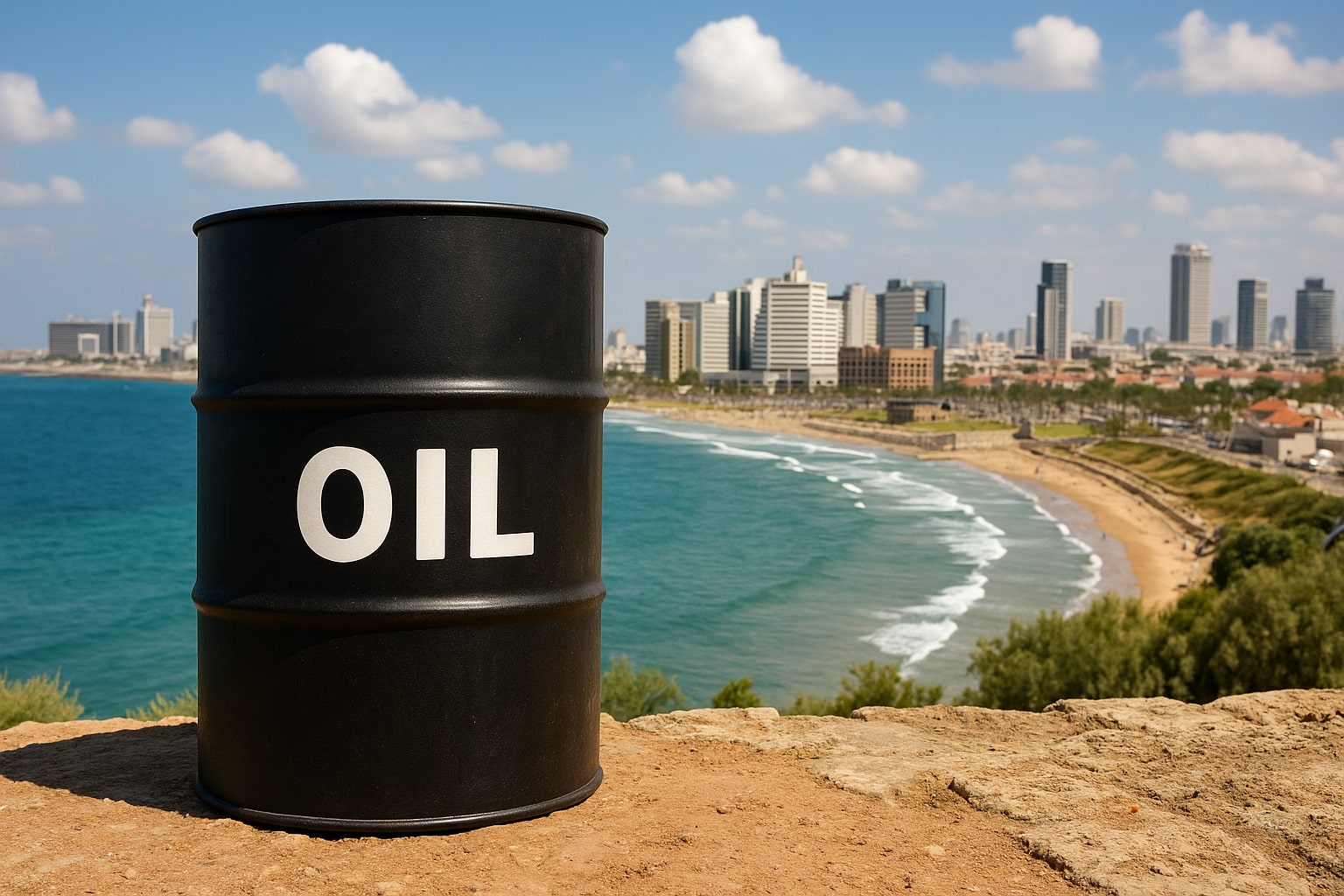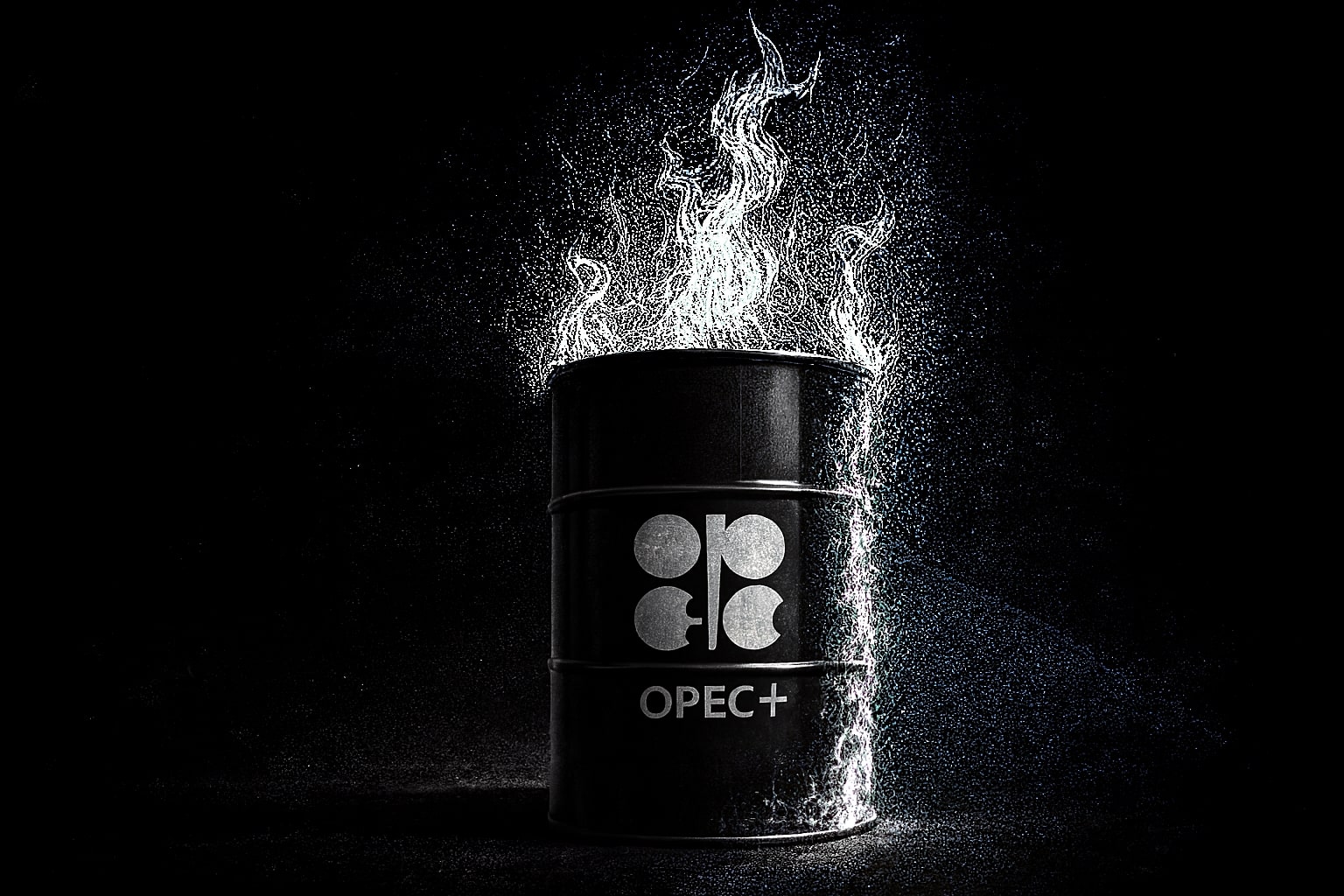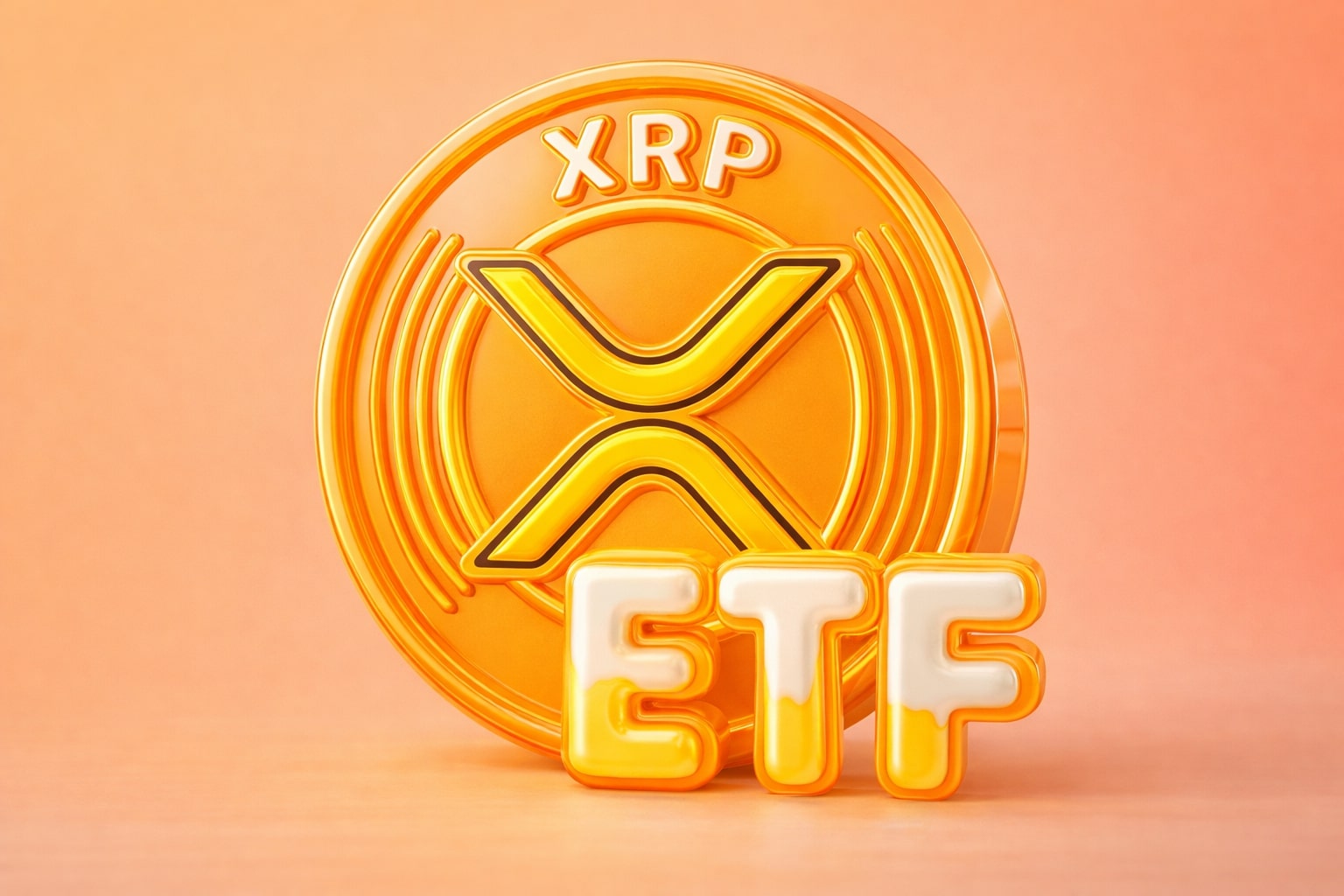
WTI Spikes to $73.77 as Middle East Tensions Roil Oil Markets
Brent Hits $74.83 While Hormuz Closure Threat Raises One Question: Is $100 Oil Back in Play? | That's TradingNEWS
Oil Price Jumps to $74.83 as Iran-Israel Tensions Threaten Strait of Hormuz – Can CL=F Hit $100 Again?
Geopolitical Risk, Supply Chain Fear, and WTI Volatility Signal Tail-Risk Rally Potential
West Texas Intermediate (CL=F) surged to $73.77 while Brent crude (BZ=F) climbed to $74.83, driven by a renewed wave of missile attacks between Israel and Iran. The physical damage, especially to Israel’s Haifa refinery and Iranian gas infrastructure, has sparked urgent reassessments of supply stability through the Strait of Hormuz. With 20 million barrels per day flowing through the chokepoint, even a partial disruption could launch oil well past the $90s—and $120–$130 isn’t off the table if the region spirals into a full-blown war. The Haifa refinery damage from 40 Iranian missiles has led to shutdowns in key downstream units, while retaliatory strikes on Tehran’s oil tanks raised alarm over further infrastructure sabotage.
Russian Urals Surge 15% to $65, But Budget Crisis Mounts as Exports Lag
Russia’s flagship Urals crude surged nearly 15% in just three days to 5,000 rubles per barrel ($65), recovering from a two-year low of 4,400 rubles ($57.20). But even with that bounce, Moscow’s crude revenue is imploding. May’s energy tax intake plunged 34% YoY to just $6.66 billion—the weakest reading since January 2023—despite Urals averaging $76.70 in Q1. The Russian budget had penciled in $87.10 crude. Now, with just $65 oil and lower volumes, Russia is facing a budget deficit of $49.4 billion—triple initial forecasts. The Kremlin’s 2025 revenue projection is $107.9 billion, but analysts see a shortfall of $33.8 billion. This fiscal gap adds pressure on Russia to keep oil flowing, even as risks escalate.
Strait of Hormuz Risk Not Yet Priced: Brent’s $10 Rally Could Be Just the Start
Despite Brent’s $10 surge since early June, markets are not pricing in a full Hormuz disruption. Deutsche Bank projects a spike to $120+ if traffic is blocked. While the U.S. Navy has confirmed the Strait remains open, maritime traffic shows tankers distancing from Iranian ports and reporting GPS interference near Bandar Abbas. Lloyd’s List reports growing hesitancy among shippers. Frontline, the world’s largest tanker operator, warned that “security has a price,” and inefficiencies are already building. If Israel strikes Kharg Island export terminals, Iran may retaliate with mines or regional strikes—potentially freezing a fifth of global oil flow. In that case, WTI could explode toward $100 as traders race to secure supply.
WTI and Brent Rebound but Remain Below 2022 Highs – Are Bulls Underestimating Tail Risks?
Despite the fresh spike, WTI at $73.77 and Brent at $74.83 remain far from the 2022 war-fueled peaks of $115. The relatively muted price action, compared to previous oil shocks, suggests market complacency. When Hamas attacked Israel in 2023, the price jumped but quickly reversed as escalation failed to materialize. This time, the scenario is different. Damage has occurred on both sides, missile exchanges continue, and the energy infrastructure itself—not just military assets—is under fire. The risk of exponential price movement grows if Israel targets Iran’s Kharg Island or Hormuz shipping, pushing WTI (CL=F) above $90 with little resistance.
Retail and Macro Impact: Will a $10 Oil Jump Add 7p at the UK Pumps and Trigger Broader Inflation?
While the oil rally has yet to mirror the inflationary shock of early 2022, even a $10/barrel gain tends to add roughly 7p/litre to UK petrol prices. Current averages of 132p (gasoline) and 138.2p (diesel) remain well below last year’s highs, but upward momentum could return if oil sustains above $80. Natural gas prices are also on watch after Iranian threats and tanker redirection spiked spot prices. If LNG cargoes from Qatar face diversion or delay, Europe’s heating bills may follow. For now, gas impact remains delayed due to regulatory pricing caps, but sustained Middle East chaos could upend that stability by Q3.
China May Absorb the Shock, But Shipping Premiums and Asian Margins Already Feel the Pain
If Iranian exports (1.7 million bpd) vanish, China—the primary buyer—will be forced to replace volumes with Saudi or Russian barrels. That substitution will drive up freight rates and narrow the Brent-Dubai spread, compressing Asian refinery margins. According to S&P Global, tanker insurers have already raised premiums, and operators are rerouting vessels to avoid Hormuz. The shift is not yet triggering massive price dislocations, but tail risks are compounding. For Asia, every disrupted Iranian shipment tightens margins and forces inventory draws, particularly as summer demand kicks in.
Why the Oil Market Shrugged Before But Can’t Afford to Now
Past Middle East flare-ups—like April and October 2024’s brief Iran-Israel confrontations—barely moved prices. But this time, physical assets are burning. Israel’s attack on Iranian missile and oil infrastructure, followed by Tehran’s retaliatory strike on Haifa, means the oil economy is directly in the crosshairs. Commodity Context founder Rory Johnston warns that the market may be underpricing the correlation between oil export hits and Hormuz closure risks. Once Iran’s external flow is blocked, there’s little incentive to avoid escalation. If Israel pushes harder, and Hormuz is militarized or mined, Brent could shoot past $100 in days.
Decision: Oil Verdict – CL=F Is a Tactical Buy With $90–$100 Target if Escalation Worsens
WTI at $73.77 offers a high-risk, high-reward entry point for tactical bulls. With the conflict intensifying and oil infrastructure already under attack, the probability of sustained upward price action is growing. Technical resistance sits near $78.50, but any attack on Hormuz could slice through that and trigger a vertical move toward $90+. Tail risk to $100–$120 is real if exports are disrupted. Until proven otherwise, CL=F is a BUY, with tight stops below $70 and a target range of $89–$100 over the coming weeks.
That's TradingNEWS
Read More
-
SMH ETF: NASDAQ:SMH Hovering at $350 With AI, NVDA and CHIPS Act Fueling the Next Move
16.12.2025 · TradingNEWS ArchiveStocks
-
XRP ETFs XRPI and XRPR: Can $1B Inflows Lift XRP-USD From $1.93 Back Toward $3.66?
16.12.2025 · TradingNEWS ArchiveCrypto
-
Natural Gas Price Forecast: NG=F Falls to $3.80–$3.94 as Warm Winter Kills $5.50 Spike
16.12.2025 · TradingNEWS ArchiveCommodities
-
USD/JPY Price Forecast - USDJPY=X Slides, BoJ 0.50% Hike, Fed Cut and NFP Set the Next Big Move
16.12.2025 · TradingNEWS ArchiveForex



















